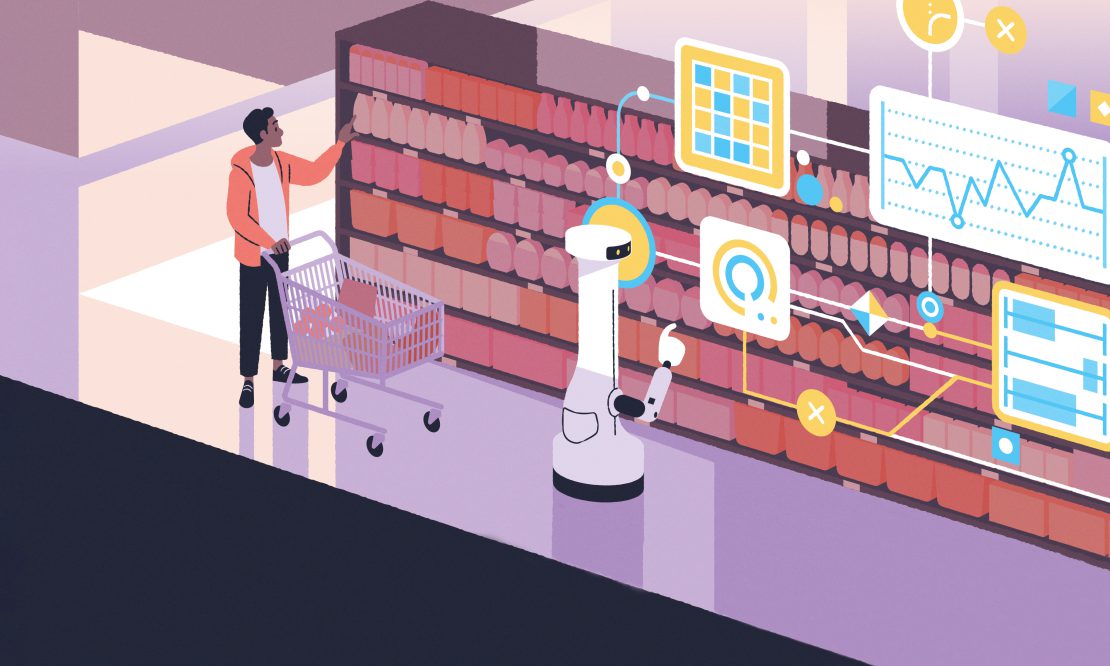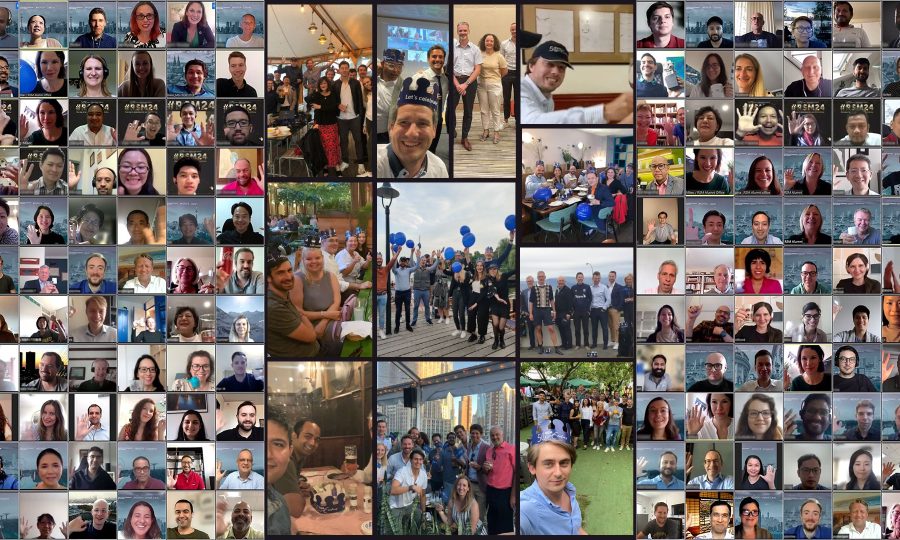Information overload?
Dr Robert Rooderkerk says having the right data isn’t enough, it’s all about what you do with it.

In business, all data is good – right? Well, not necessarily. When Dr Robert Rooderkerk, Associate Professor of Operations Management at RSM, took a close look, he realised that retail analytics had grown exponentially – but that businesses were in danger of drowning in data. And he wondered how useful it all was. “After all, data leads to innovation only if it creates actionable insights,” he says. “Like crude oil, it’s only useful once it’s refined.”
He suspected that academia was over-estimating how well retail businesses were using data, and he was curious about what was actually happening in the field. So, he asked. The result is an analysis of what companies are doing well – and an identification of the barriers across six areas: culture, organisation, people, processes, systems and data. It also identifies potential growth areas academia can support.
“Company culture is very important,” Rooderkerk says. “What works is when people at the top are willing to place a multi-million dollar bet on something they don’t understand. They trust their analysts. They also show agility, which I define as: ‘Think big, start small, scale fast.’ That means experimentation. Then, they are big on internal knowledge sharing – making sure they’re not constantly inventing the wheel – by creating internal wiki pages, holding conferences and hiring people to facilitate that.”
He says successful businesses centralise oversight and decentralise operations, and create clear ownership of analytics. Otherwise, processes become long, slow and disorganised. “People-wise, we found that there’s a shortage of analysts who also understand business and are good communicators,” he says.
“This is something RSM is trying to address, but the reality is messy. People are not perfect and businesses don’t work perfectly.” Another key issue arises because many retailers add an online system on top of a physical, legacy system, rather than creating a single integrated system. “The evolution of retail towards omnichannel means you need to sell to people on whatever channel they want. People are going to check reviews and prices online when they’re in store, and the other way around, so you must combine the two.” He also concludes that data storage is expensive, so businesses often ditch old information. “However, successful businesses ask, ‘What is the cost of not knowing?’”
Reality is messy. People are not perfect and businesses don’t work perfectly.
One growth area he identified is collecting data in-store as well as online. “Stock-taking is really important,” he says, “because if a customer comes into your store and you don’t have what they’re looking for, they might never come back. There is huge potential for monitoring – customers and stock – in-store, not just online. You can have image-recognition robots taking pictures of shelves to tell you there’s only three of a product left, for example. This gives you a real time inventory of stock.
“And in terms of customer behaviour, you can use apps to see how long people spend in-store and what they look at. Cameras can show you there are a lot of people in the fish section, but it’s not converting at the till. Then you can physically go and see why. Do you need more staff there? Or is it too crowded and you need to change the layout?
“Through in-store WiFi, you can see what people are looking up, as well as what they’re looking at. If they’re all using a certain wine app, why not tap into that? You could team up with the app and use their icons on your shelves to show what wine goes with what food.” Of course, there are privacy questions here, and retailers must respect
GDPR laws, but Rooderkerk points out that people tend to worry less about privacy when the technology is being used for their benefit.
Another potential growth area is sharing inventories between physical and online stores, taking returns from online sales into account, for example. “If you know from the data that so many sweaters are likely to be returned to a certain store, you don’t need to restock there. Target is now fulfilling more than 90 per cent of its online orders by shipping from stores, which is faster, cheaper and covers less distance, so it’s more sustainable too. That’s the importance of looking at local data, store by store.
“There could also be data sharing between companies, such as a supermarket chain and a beer company, which would improve efficiency for both. And stores could bring in external, contextual data, such as: ‘There’s a soccer event happening nearby – what stock will I need on the day?’”
The role of researchers is to be the solution-finders, Rooderkerk says. “We can help businesses answer strategic questions such as: ‘Where should I open my store?’ or ‘What should my returns policy be?’ And, when it comes to data, the most important question is: ‘Who can do what better, now that I know that?’ Our role is to ask CEOs: ‘What’s keeping you up at night?’ and help them solve that problem.
Robert’s interview is based on joint work with Nicole DeHoratius (University of Chicago) and Andrés Musalem (University of Chile), which has appeared in Production and Operations Management and Harvard Business Review.



